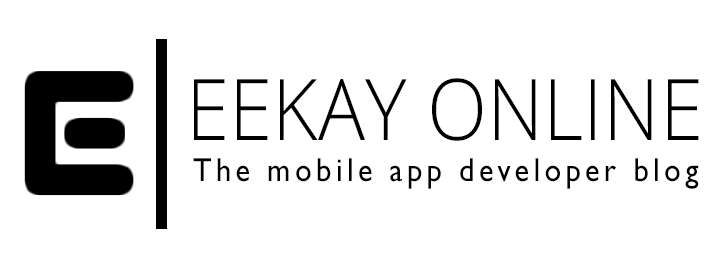
This post is non-technical; it still fits on my blog. Why? Because being a good programmer is about more then technical skills, awesome coding, intereseting tools and libraries. It is about being human too. About problem-solving, understanding the users of your software and the people who pay you to do so.
On a personal note, being a developer is about setting direction and achieving goals . There is no way you could possibly learn everything about everything (even when you’re working in a niche or specific corner of the software development space) so one needs to make choices about what to learn, when to learn it and what you want to take a stand at.
FRSI is a technique that is very simple, but it will help you think about the right stuff and makes you think about where you want to be in the foreseeable future. Read more to learn what FRSI is and start doing it yourself!
It started out as kind of an out-of-the-box way to give input to my manager when he asked me the famous “give me your vision how we will operate in a couple of years” question . But the simplicity of the FRSI approach and the reaction that the result had made clear that this is an interesting way of thinking about your goals, your personal roadmap if you will.A little background
It’s all in the name: Futuristic Retrospective Self Interview . Creating an interview with yourself set in the future that discusses choices made and views the then already beaten path to where you’re at. After doing this, the result will be kind of a roadmap and informative piece that shows the key points that will bring you to the situation you desire, just like a roadmap. Thinking about a roadmap on its own is tedious and difficult to do. You need to set goals and have an idea where you want to go. That’s what this approach does.Tell me! What is FRSI?!
FRSI workflow
The following steps define the workflow:
- Pick the interview date
- This needs you to select a date in the foreseeable future on which the interview will take place.
- Selecting a date between 2 – 5 years in the future will work fine.
(Ofcourse, the year is the most important unless you’re using a project/product release date as the moment)
- Define the topic

- Selecting a personal goal, project outcome or your company department’s situation during the interview date are good examples to talk about.
- Think about what makes the situation in the interview date special and/or noticeable
- Being interviewed
 It’s time to define the questions that will form the interview itself. To keep the interview flow intact, ask yourself one question and answer it before walking to the next.
It’s time to define the questions that will form the interview itself. To keep the interview flow intact, ask yourself one question and answer it before walking to the next.
The interview needs to grow with each answer complementing the previous answer(s) in order to have added value and be a “real” story.
Keep the answers to-the-point and prevent them from getting fluffy and full of words without meaning.
There’s no right or wrong so go with the flow (it IS your own flow btw 🙂 )
To get going on creating questions you can:- ask yourself what questions you would like to have asked in order to shine during the futuristic interview
- what important decisions or kind of decisions did you make during the timeframe from now and the interview’s date
- think about the challenges that you faced to get where you are
- questions about your part in getting there and how that makes you feel are nice braintrainers
- Edit the interview

After working on the questions and answering them one by one you will have a bulk of information.
To get some distance and a clear view i’d advice to leave it for a couple of hours (a day if possible) to be more objective when you’re going to edit it. You’ll take the seat of the interviewer now, so here are the tasks that you need to do when editing:- Check that you keep the key points: if there are sentences that are too unclear or long and edit them to make them more compact
- Scan the interview to see that the answers don’t contain contradictions. Do NOT check for impossibilities (they don’t exist!) and do NOT (i repeat, do NOT) change an answer to become something totally different. The answer is there for a reason so it’s core should be kept.
- If you used 3th party information or images make sure you have their source noted. They most likely are key to your story so keeping a reference to them is the logical thing to do.
- Make sure that the spelling and past and present tense usage are correct. In short: clean up and make it press worthy.
- Get ready for the presses
 Beautify the interview but keep all the styling, imagery and layout relevant to the interview. Make it look professional and serious. The interview is about something dear to you so let it shine through that it’s serious business for you in one way or another.
Beautify the interview but keep all the styling, imagery and layout relevant to the interview. Make it look professional and serious. The interview is about something dear to you so let it shine through that it’s serious business for you in one way or another.
After working on these steps, you’ll be the owner of an original and useful vision that not only has the specifications for your goals (or ideal situation) but also explains what hurdles to expect, what tasks to complete and what the things are that you will get you motivated and or not. Ain’t that a beauty!?
